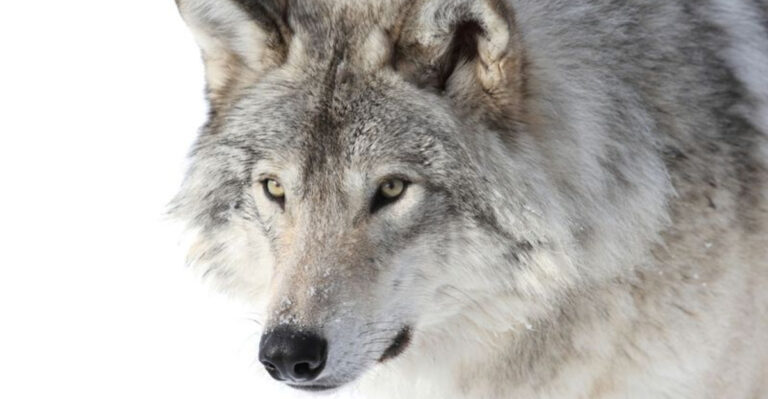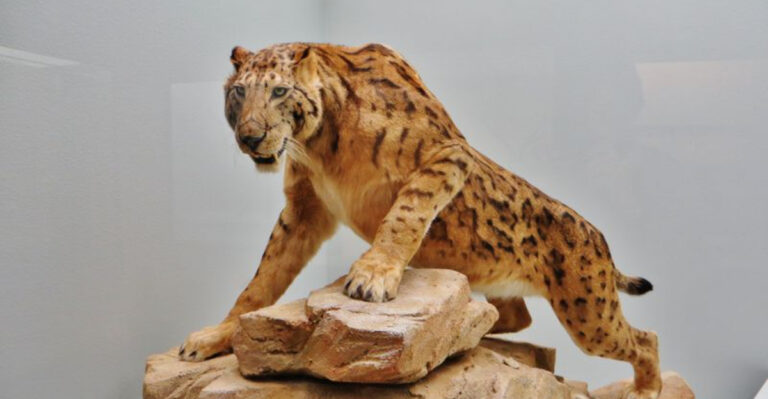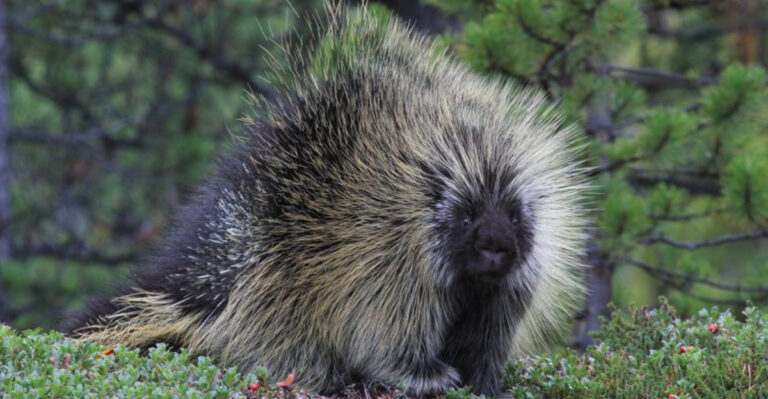15 Wild Animals Just Made The Endangered List And Barely Anyone Cares
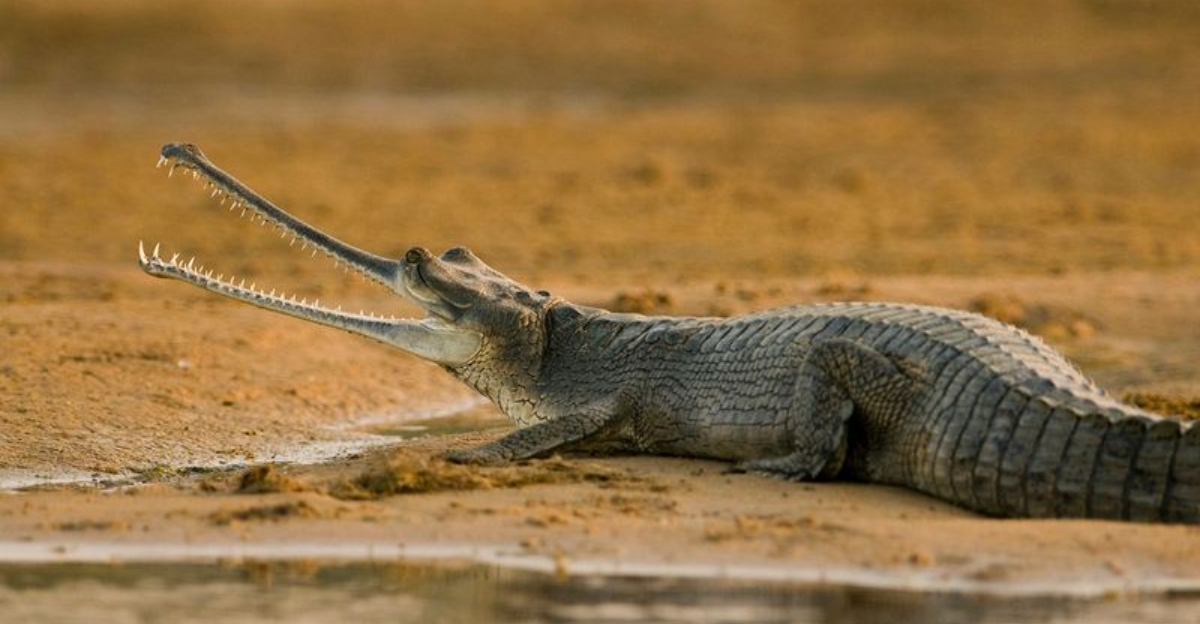
Our planet’s wildlife faces a silent crisis as more creatures slip toward extinction each year. Recent additions to the endangered species list represent some of Earth’s most fascinating animals, yet they receive little public attention.
Their stories deserve to be told before these remarkable creatures vanish forever, taking with them irreplaceable pieces of our natural heritage.
1. Javan Rhino: Down To Just 72
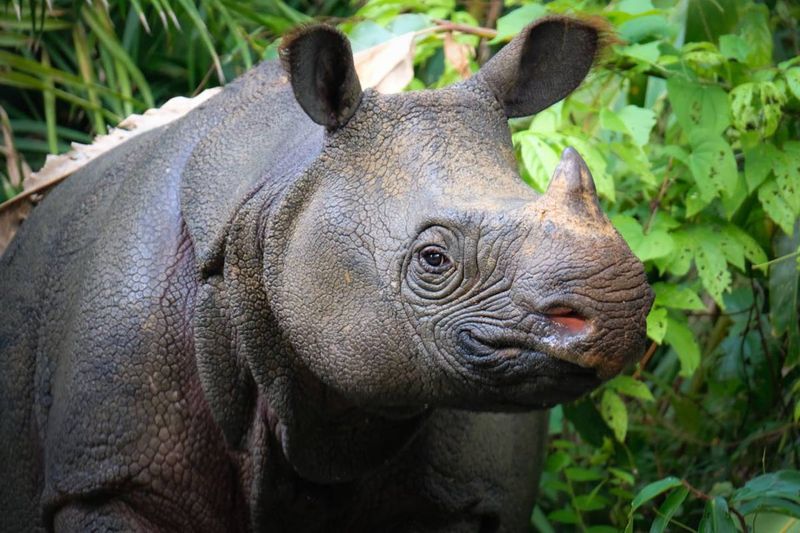
Only 72 of these armor-plated giants remain, tucked away in Indonesia’s Ujung Kulon National Park. They once roamed throughout Southeast Asia’s rainforests, but now occupy less than 1% of their original habitat.
Poaching and habitat loss have pushed these shy forest-dwellers to the brink. Unlike their African cousins, Javan rhinos have a single horn and loose skin folds that give them a distinctive armored appearance.
2. Yangtze Giant Softshell Turtle: Four Left On Earth
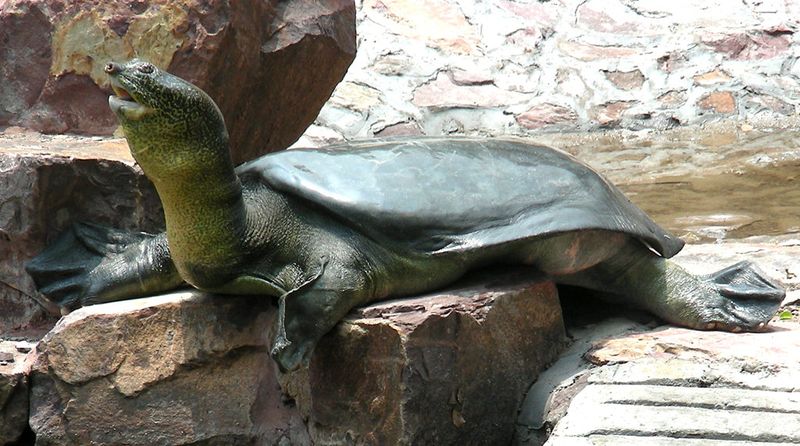
Four. That’s the heartbreaking total of these ancient reptiles still alive. For millions of years, these freshwater giants patrolled Chinese and Vietnamese rivers, growing shells nearly 3 feet long.
Traditional medicine harvesting and water pollution have decimated their numbers. Scientists struggle with captive breeding while the species hangs by a thread. These living fossils have witnessed dinosaurs come and go, yet may not survive our generation.
3. Axolotl: Mexico’s Vanishing Water Monster
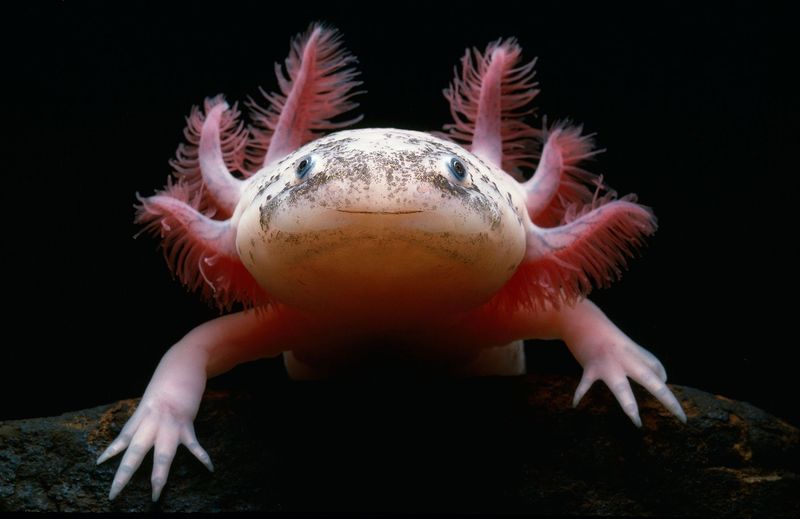
Grinning from ear to ear with feathery external gills, these salamanders look like they’re eternally smiling. Native only to Lake Xochimilco near Mexico City, wild axolotls face a grim reality despite their popularity in home aquariums.
Urban expansion has polluted their only natural habitat. Their remarkable ability to regenerate limbs, organs, and even parts of their brain makes their potential extinction not just a tragedy for biodiversity, but for medical science too.
4. Pinta Island Tortoise: Functionally Extinct
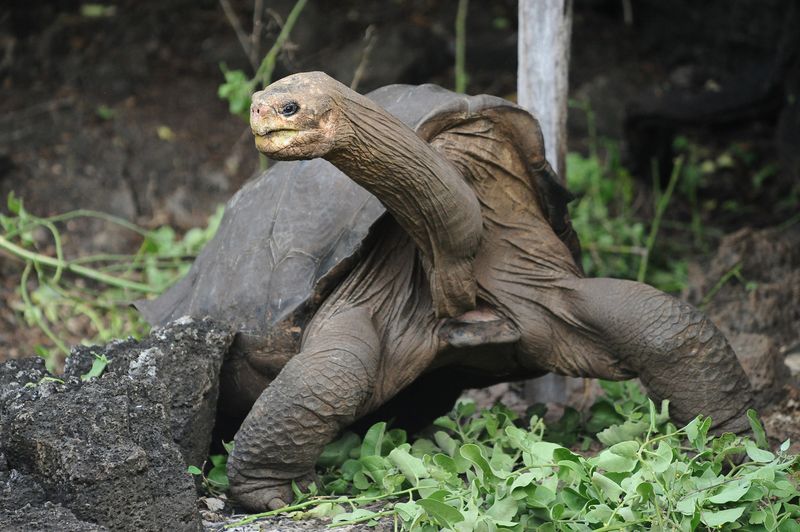
Remember Lonesome George? He was the last of his kind, passing away in 2012 and taking an entire subspecies with him. Though scientists recently found tortoise hybrids with Pinta Island genes, pure-blooded individuals are gone forever.
These gentle giants once shaped the Galapagos ecosystem. Their story represents one of conservation’s most painful lessons – waiting too long can mean permanent loss. Despite protection efforts, introduced predators and human exploitation proved too much.
5. Saiga Antelope: Prehistoric Survivors On The Edge
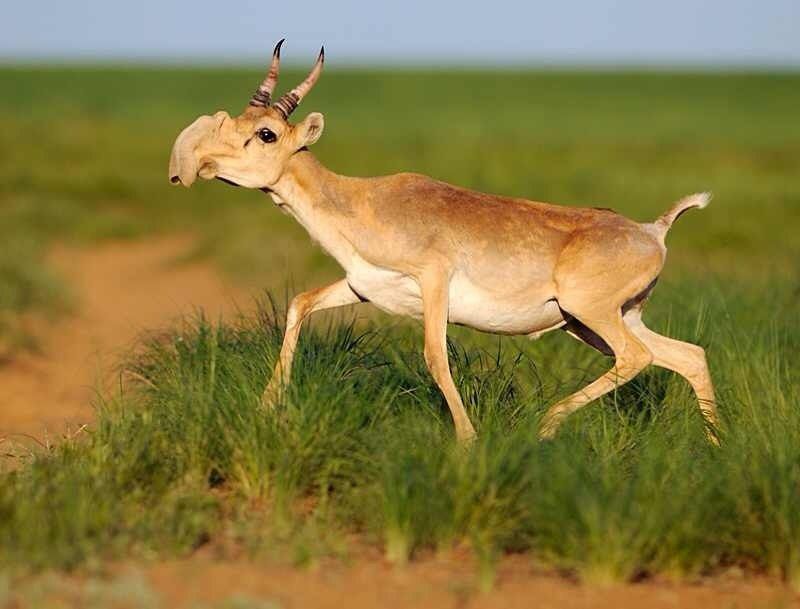
With their bizarre trunk-like noses that filter dust and warm cold air, saigas look like they wandered straight out of Star Wars. These Central Asian antelopes once numbered millions but faced a mysterious mass die-off in 2015 that killed over 200,000 in weeks.
Scientists discovered bacteria, triggered by unusual weather, caused the catastrophe. Poaching for their horns (used in traditional medicine) continues to threaten remaining herds. Despite their alien appearance, these animals survived the ice age but may not survive us.
6. Kakadu Black Wallaroo: Australia’s Mystery Marsupial
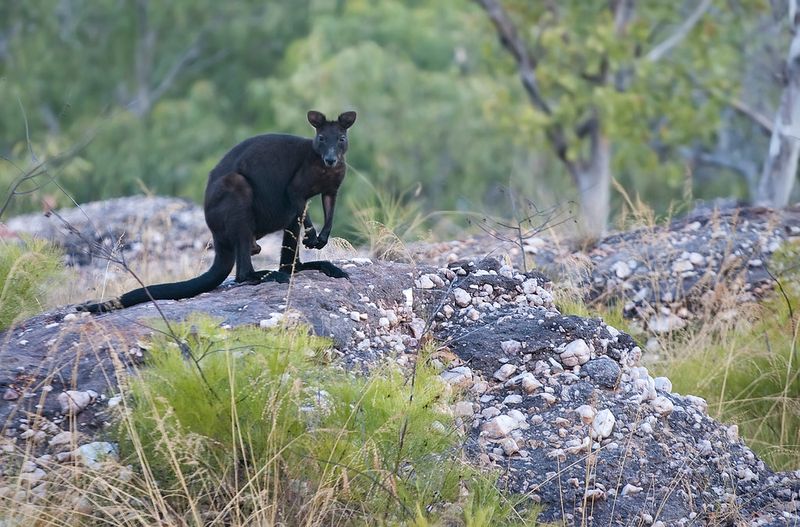
Few people have ever spotted this elusive mini-kangaroo in the wild. Living exclusively in Australia’s Northern Territory, these shadowy creatures prefer rocky escarpments and are most active at dusk.
Wildfires, introduced predators, and habitat fragmentation threaten their future. Scientists know so little about them that conservation efforts struggle to gain traction. Their mysterious nature makes population counts nearly impossible – we might lose them before truly understanding them.
7. Gharial: The Crocodile With A Bulbous Nose

Male gharials sport a bizarre clay pot-shaped growth on their snout that resembles a traditional Indian pot called a “ghara.” These specialized fish-eaters have needle-thin snouts packed with 110 interlocking teeth – perfect for catching slippery prey.
Dam construction and fishing net entanglement have reduced their numbers by 98% since the 1940s. Fewer than 250 breeding adults remain in the wild across India and Nepal. Their strange appearance hasn’t generated the conservation attention their precarious situation deserves.
8. Sumatran Tiger: Last Of Indonesia’s Island Cats
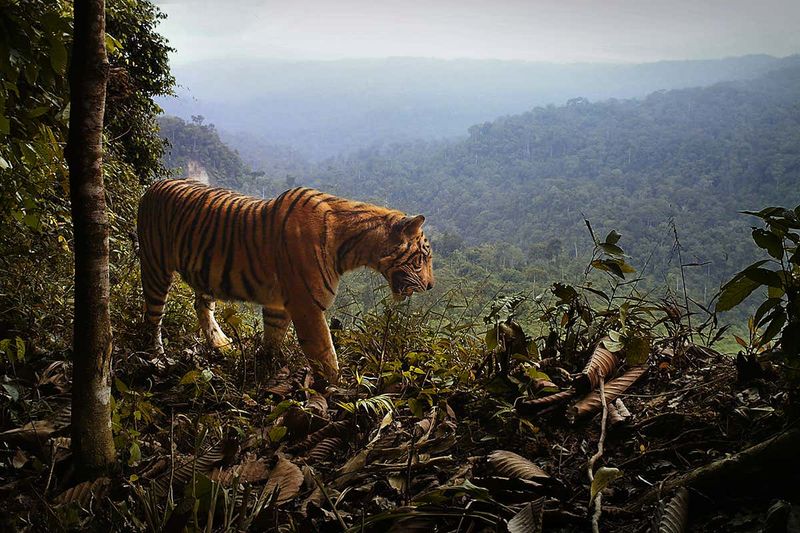
Orange flames with black stripes, these cats burn bright in Indonesia’s disappearing rainforests. The smallest tiger subspecies, they’re perfectly adapted for dense jungle hunting with shorter fur and more pronounced beard ruff than their mainland cousins.
Fewer than 400 remain as palm oil plantations replace their forest home. Each tiger needs up to 100 square kilometers to survive. Their distinctive dark stripes, closer together than other tigers, may disappear forever as poaching continues despite protection laws.
9. Philippine Eagle: The Monkey-Eating Sky King

Sporting a magnificent crown of spiky feathers, these birds rank among Earth’s largest eagles with 7-foot wingspans. They hunt monkeys by crashing through forest canopies at breathtaking speeds.
Fewer than 400 breeding pairs remain as logging eliminates their home. Each pair needs 25-50 square miles of territory to raise a single chick every two years. Despite being the Philippines’ national bird, they continue to face shooting and habitat destruction across their island range.
10. Sunda Pangolin: The Walking Pinecone

Covered in overlapping scales made of keratin (the same material as your fingernails), pangolins resemble medieval knights in armor. When threatened, they curl into tight balls that predators can’t unravel.
Sadly, this defense doesn’t work against poachers. These insect-eating mammals are the most trafficked animals worldwide, with their scales ground up for traditional medicine despite having no proven benefits. Their nocturnal habits mean many people never see them before they disappear forever.
11. California Condor: Back From 22 Individuals

With 9.5-foot wingspans, these birds ride thermals with barely a wingbeat, scanning vast territories for carrion. In 1982, only 22 remained alive – all captured for an emergency breeding program that became conservation’s greatest comeback story.
Now over 300 soar free, but they’re not safe yet. Lead poisoning from bullet fragments in carcasses continues killing these cleanup specialists. Each bird receives a number and tracking device, making them the most monitored wild animals in history.
12. Tapanuli Orangutan: The Third Orangutan
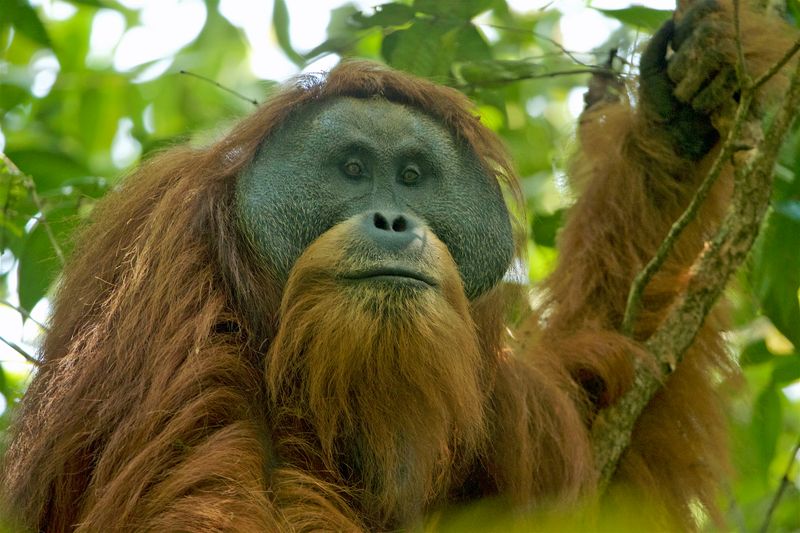
Discovered only in 2017, these orangutans became endangered the moment science recognized them. Restricted to 800 individuals in a tiny fragment of Sumatran forest, they differ from other orangutans in skull shape, facial features, and distinctive calls.
A planned hydroelectric dam threatens to flood critical habitat. Their facial hair grows in different patterns, with males sporting distinctive mustaches and beards. Having survived in isolation for 10,000+ years, they may vanish just as we’ve begun to understand them.
13. Borneo Pygmy Elephant: Gentle Giants Getting Squeezed Out

Smaller and rounder than other Asian elephants, these forest-dwelling pachyderms have baby-like faces, larger ears, and longer tails. Their gentle temperament makes their predicament all the more heartbreaking.
Palm oil plantations have fragmented their habitat into isolated pockets. Human-elephant conflicts increase as desperate herds raid crops for food. Recent studies suggest they may be genetically distinct from other elephants, possibly descendants of extinct Javan elephants introduced centuries ago.
14. Mexican Wolf: America’s Most Endangered Wolf
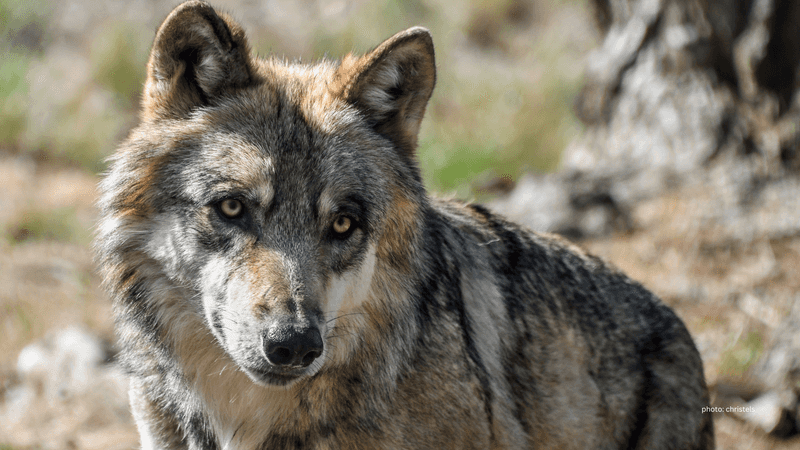
Once numbering in the thousands across the Southwest, these wolves were hunted to near extinction by the 1970s. A desperate recovery program began with just seven survivors, creating a genetic bottleneck that continues challenging conservation efforts.
Smaller than gray wolves, they have distinctive facial markings and hunting tactics specialized for desert environments. Fewer than 200 roam free today. Rancher conflicts and habitat fragmentation continue threatening their tenuous recovery despite their crucial role in maintaining healthy ecosystems.
15. Red-headed Vulture: Asia’s Vanishing Cleanup Crew
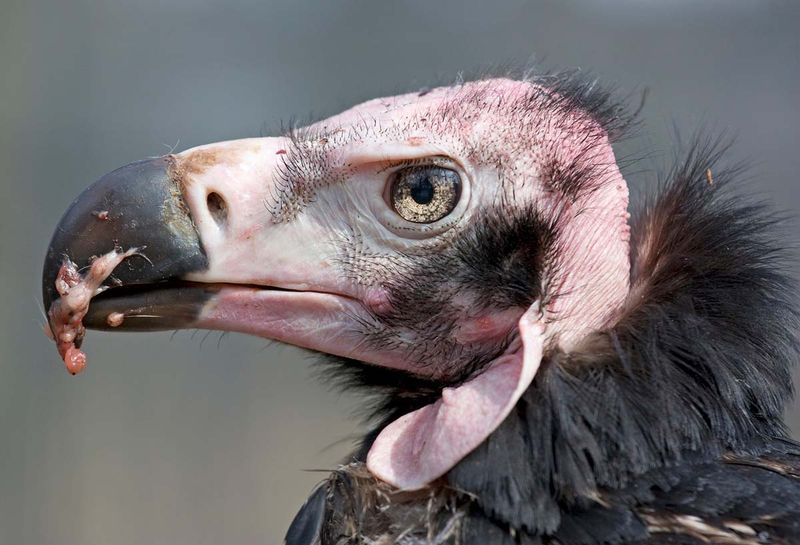
Sporting crimson heads that look dipped in paint, these massive scavengers once cleaned carcasses across South Asia. Their population has crashed 99% since the 1990s in one of conservation’s most dramatic collapses.
The culprit? A veterinary drug called diclofenac used in cattle. Though banned, it persists illegally, causing kidney failure in vultures that consume treated carcasses. Without these natural sanitation workers, rotting carcasses spread disease while feral dog populations explode, increasing rabies risk to humans.

